Francis Ford Coppola’s superb film The Godfather changed American cinema and, by extension, American culture. The film had it all: an epic length; a sweeping narrative; a rich cinematography by Gordon Willis; and a haunting musical score composed by Nino Rota.
The fiftieth anniversary has led to retrospectives, and much elevated commentary on the reasons for its impact and continuing popularity.
Already a subscriber? Log in
Subscribe for just $2 a week
Try a month of The Spectator Australia absolutely free and without commitment. Not only that but – if you choose to continue – you’ll pay just $2 a week for your first year.
- Unlimited access to spectator.com.au and app
- The weekly edition on the Spectator Australia app
- Spectator podcasts and newsletters
- Full access to spectator.co.uk
Unlock this article
Stephen Loosley is a Non-Resident Senior Fellow at the United States Studies Centre at the University of Sydney.
You might disagree with half of it, but you’ll enjoy reading all of it. Try your first month for free, then just $2 a week for the remainder of your first year.

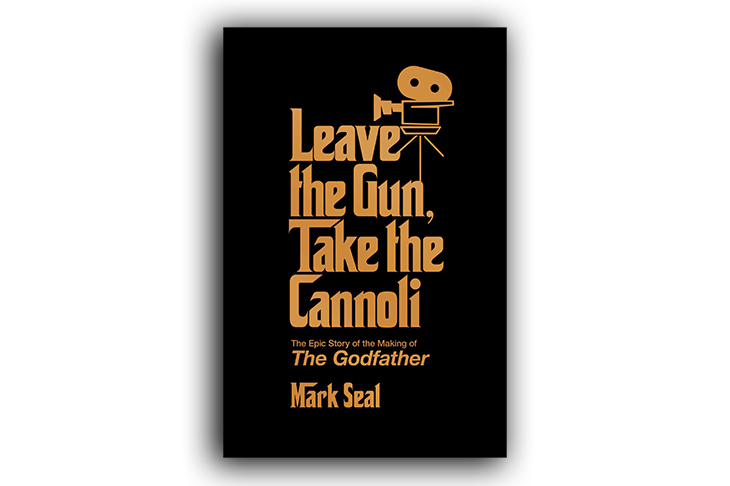

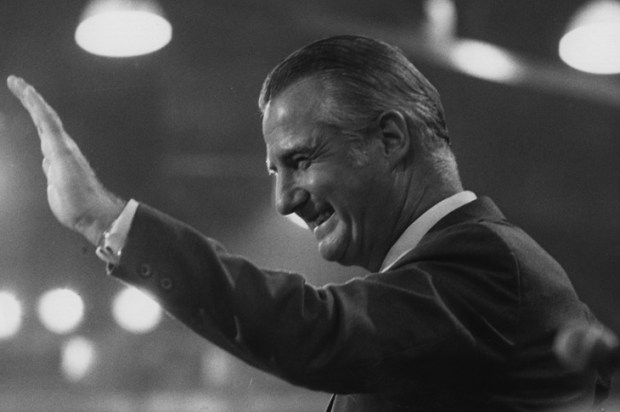
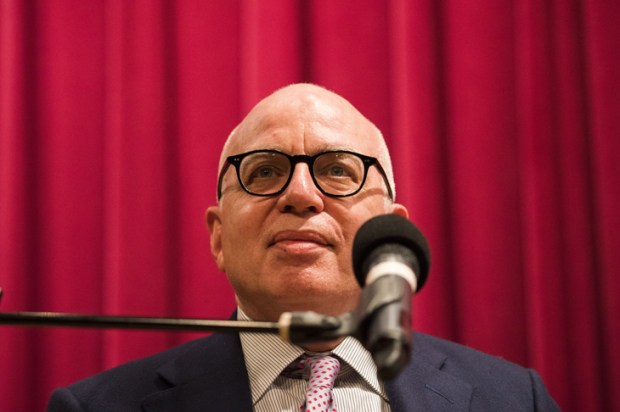
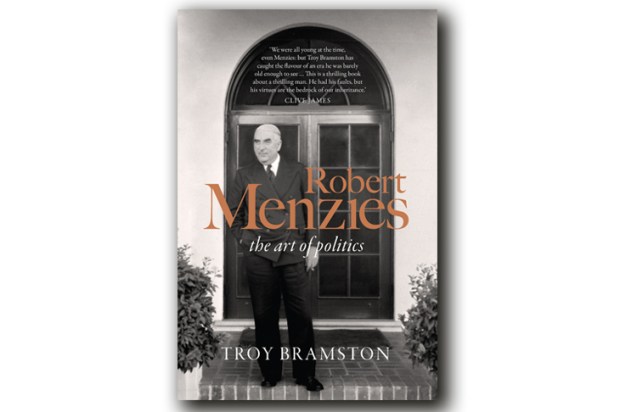
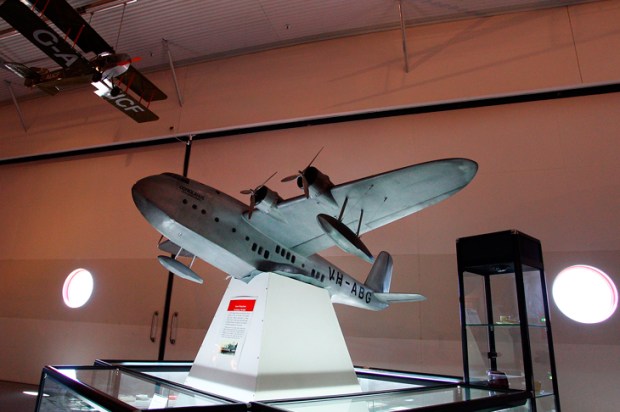
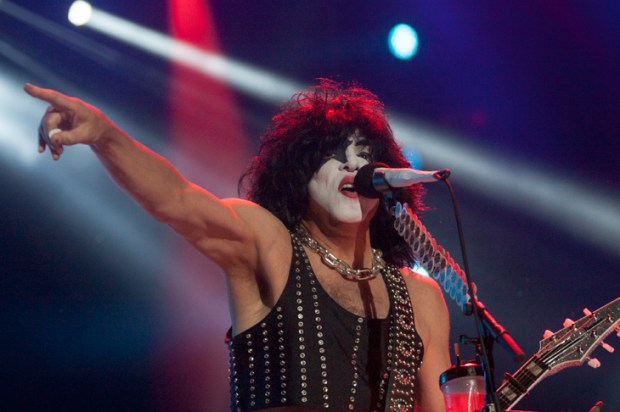






Comments
Don't miss out
Join the conversation with other Spectator Australia readers. Subscribe to leave a comment.
SUBSCRIBEAlready a subscriber? Log in